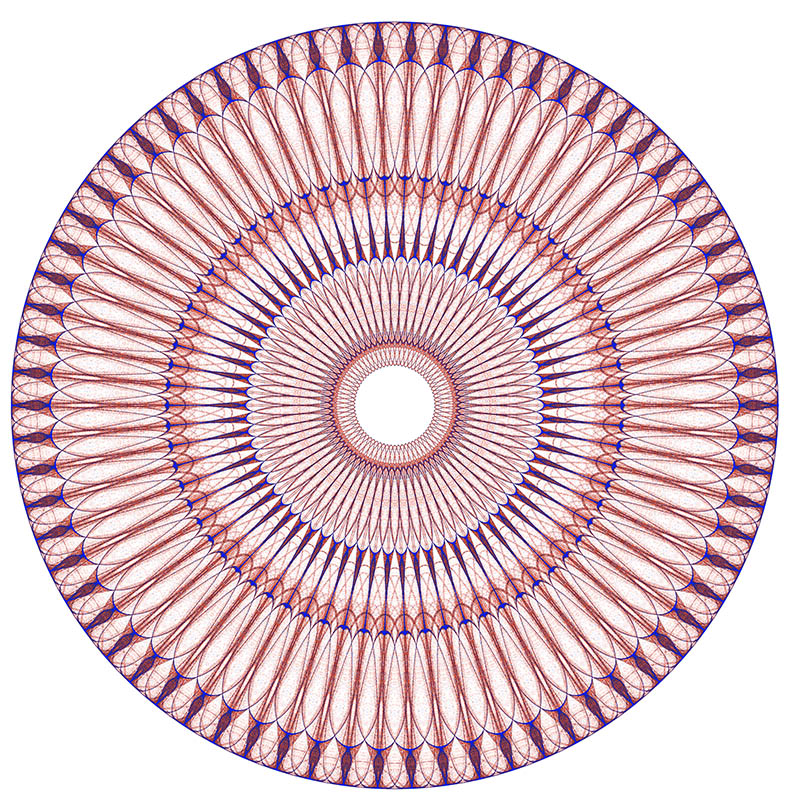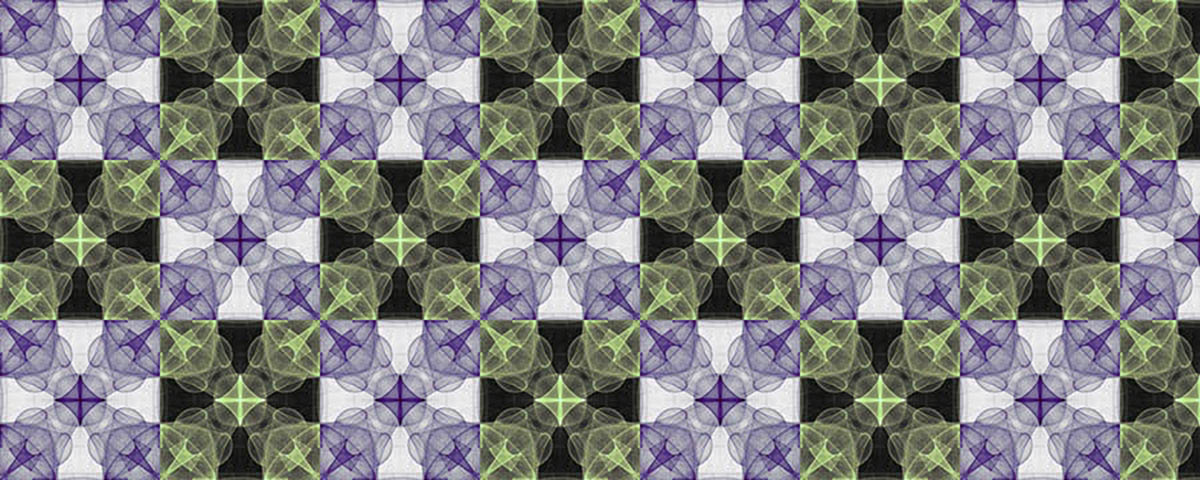

Here are a few of the books that I used to produce the images shown on these pages. There is also an abundance of online material (Wikipedia and Wolfram Mathworld are great resources) - this is just a starting point for those who may be interested in pursuing the subject.

"The Beauty of Fractals - Images of Complex Dynamical Systems"
H.-O. Peitgen and P.H.Richter - Springer-Verlag
The original coffee table Math. book. Technical articles, very readable essays, including a charming one from Dr. Mandelbrot. Beautiful pictures and a "Do It Yourself" section with skeleton computer code and parameters corresponding to the illustrations.
"The Science of Fractal Images"
H.-O. Peitgen, D. Saupe (et al.) – Springer Verlag
A continuation of the above with sections on additional topics such as Turtle Graphics.
"The Algorithmic Beauty of Plants"
P. Prusinkiewicz and A. Lindenmayer – Springer Verlag
String-rewriting systems (turtle graphics) - fascinating material with lots of programming opportunities.
"The Fractal Geometry of Nature"
Benoit Mandelbrot – Freeman & Co.
The original classic. Heavy going at times, but bursting with ideas and pictures.
"Symmetry in Chaos - A Search for Pattern in Mathematics, Art and Nature"
Michael Field & Martin Golubitsky – Oxford University Press
“Fearful Symmetry – Is G-d a Geometer?”
Ian Stewart and Martin Golubitsky - Dover Publications
Source texts for icons and quilts - formulas, sample parameters and computer code.
"Symmetry - A Journey into the Patterns of Nature"
Marcus du Sautoy – Harper Collins
A charming foray into the world of symmetry by a gifted author and professional mathematician. Technical material can be lightly skipped over.
"Chaos and Fractals - The Mathematics Behind the Computer Graphics"
Devaney and Keen, Editors - American Mathematical Society
More technical - lots of fun multisyllabic jargon
At noon, the well was half full.
That evening, it was three quarters full.
The following morning, it was seven eighths full.
By lunchtime, it was fifteen sixteenths full.
Come teatime, it was thirty one thirty seconds full.
At this rate, nobody knew where it would stop.
Stephen Leacock (paraphrased)

"Tyger Tyger, burning bright,
In the forests of the night;
What immortal hand or eye,
Could frame thy fearful symmetry?"
William Blake